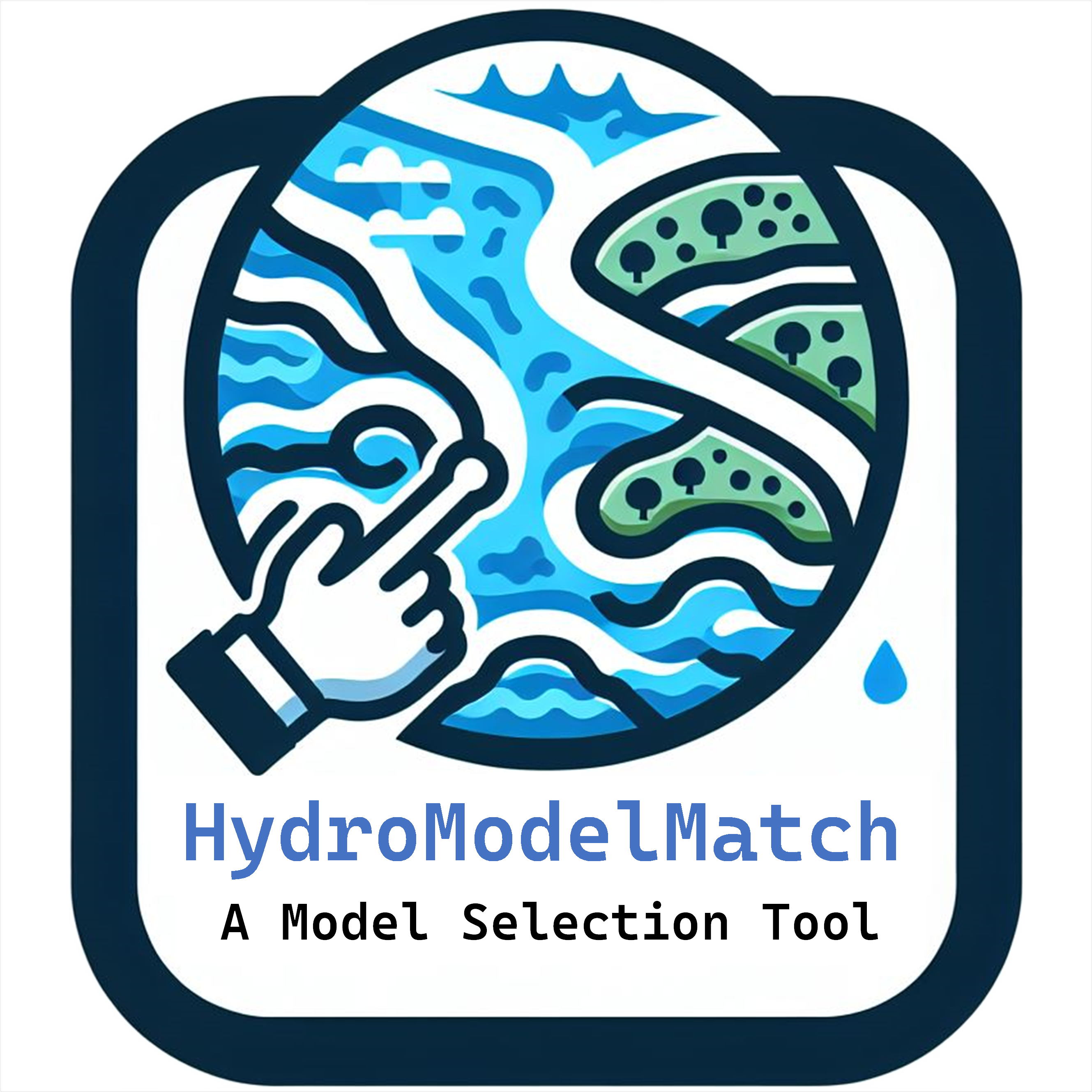Filters
Clear Filters
Model
GSSHA
GBR Dynamic Sednet
Delft3D FM
AnnAGNPS
Delft3D
QUAL2K
PCLake
NDP
AVGWLF
THMB
SUSTAIN
CBP-WSM
InfoWorks ICM
SWAT+
MIKE SHE
GWLF
SimplyP
LSPC
ELEMeNT-N
GPUOM-WQ
MIKE HYDRO River
GBNP
PCSWMM
Mike Basin
DHSVM
HSPF
FVCOM
AGNPS
WAM
WASP8
DLEM
GLM
AGNPS-VSA
SSHBS
QUAL2Kw
SWAT-MODFLOW-RT3D
SWAT
MIKE21
PDP
WEPP-WQ
L-THIA
WEP-N
EcoHAT
SWAT - MODFLOW
SWMM
MIKE 21 FM
CE-QUAL-W2
InVEST
TETIS - N
EFDC
WARMF
APEX
INCA
MapShed
MIKE11
RGWLF
SEAWAT-MODFLOW
DYRESM�CAEDYM
Water Body Type
Water body
Watershed
Location
Other
Florida
The Great Barrier Reef
Chesapeake Bay Watershed
Watershed Size
Medium
Small
Large
Predominant Land Use
Urban
Forest
Agricultural
Water Body Characteristics
Lakes
Streams
Estuarine
Rivers
Oceans
Reservoirs
Coastal
Water Body Size
Medium
Small
Large
Dimensions
3D
1D
2D
Simulation Type
Event-based model
Continuous model
Parameters
Salinity
Chla
TN
Q
DO
Flow Velocity
TP
Phosphorus
TSS
Waves
Sediment Transport
Temperature
Nitrogen
TDS
Reservoir Operations
Algae
Water Levels
Time Step
Hours
Seconds
Sub-daily
Minutes
Daily
Monthly
Annual
Model Complexity
Medium
Complex
Simple
Simulation Objectives
flood control
Extreme events evaluation
Manage eutrophication and algal blooms
Water resource management
Understand hydrology in snow regions
BMP Evaluations
Climate Change Studies
Assess nutrient and carbon fluxes
Evaluate Water body Hydrodynamics
Identify Priority Management Areas
Evaluate nitrogen loads in cold regions
assess sediment and nutrient transport
Support navigation
simulate watersheds with variable source areas
Urban stormwater management
Storm Surge analysis
Assess natural and human impacts on water quality
evaluate green infrastructure implementation
evaluate combined and sanitary sewer overflows
evaluate water quality improvement
Evaluate groundwater nutrient dynamics
BMP locations
flood and drought management
hydropower optimization
Watershed management
Ecosystem Assessments
NPS nutrient loads evaluation
Screening Simulation
Model nitrogen dynamics
Large-scale hydrologic modeling
Wave-Current Interaction
Managing nutrient fluxes in polders
Reservoir management
Holistic Simulation
Erosion analysis
modeling of complex domains
Assess hydrology-biogeochemistry in streams
TMDL development
Assessment of Storm events
Assessing agricultural phosphorus loss
assess the effects of land use change
Data Requirements
Soil
Specific yield
Bathymetric data
River reach characteristics
DO
Hydraulic data
ET
Wind speed
Sediment characteristics
Algae
Water quality
Precipitation
Geomorphic parameters
DEM
Sewer networks
Wind Speed
Porosity
Flow
Wind
Stream network
Hydraulic conductivity
Relative humidity
N surplus
LULC
Temperature
Solar radiation
Specific storage
Model Availability
Open source
Closed source
Model Limitations
Limited hydrodynamics
Simplified biogeochemical processes
Limited developer and community support
Assumes horizontal homogeneity
Limited to main stream simulation
Does not incorporate Zooplankton
Limited applications in subtropical regions
Inaccurate long-term projections
Does not model BMP properties
Temporally lumped
Accuracy decreases with higher trophic levels
Simplified vertical stratification
Point source loads have constant rates
Manual calibration
Limited to cold regions
Limited applications in urban watersheds
Requires high computational resources
Limitations in storm sewer pipes simulation and calibration
Does not consider specific algae species
Does not simulate N
Limited applications in the USA
Not suitable for shallow systems
Can not be coupled with optimization algorithm
Extensive datasets
Model expertise
Limitations in model robustness and flexibility
High uncertainty
Sensitive to specific input parameters
Poor simulation of extreme events
Poor sediment simulation
Dependent on Input Data
Limited to small stream networks
Simplified hydraulic processes
Limited land cover dynamics
Dependent on input data
Requires numerous parameters and complex calibration
Not user friendly
Does not simulate P
Coarse spatial resolution
Limited to polder systems
Limited for hydrological impacts of climate change
GUI is not open source
Simplified floodplain dynamics
Simplified hydrological processes
Topography data may require preprocessing
Does not simulate large watersheds
Limited to urban watersheds
Poor groundwater simulation
Model Expertise
Model Library
Model library serves as a comprehensive reference guide for various watershed and waterbody simulation models. It provides detailed descriptions of each model’s type, developers, capabilities, limitations, computational requirements, and data inputs and outputs. The aim is to assist researchers, policymakers, and practitioners in selecting the most suitable modeling tools for their specific application. Each model entry includes links to download resources if it is open-source, relevant references, and examples of practical applications to further support users in making informed decisions. For more details see Model Library .
Model
Watershed Size
Predominant Land Use
Simulation Objectives
